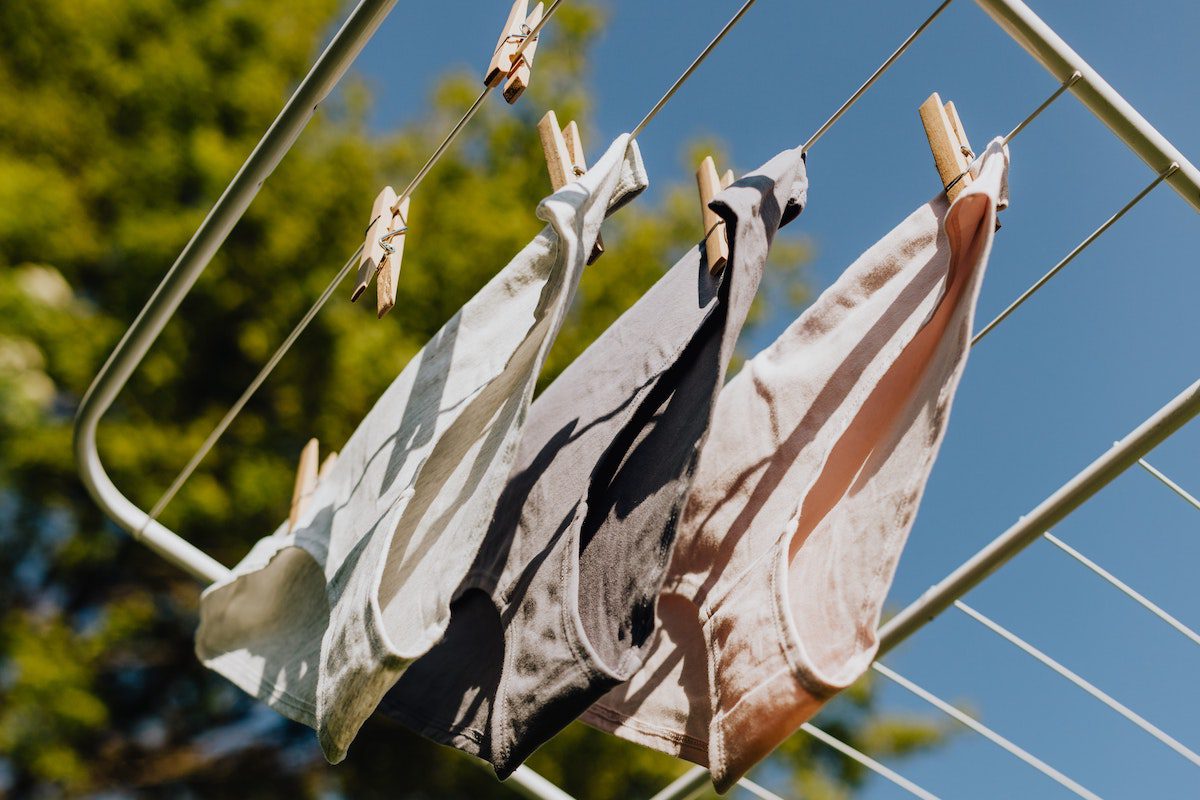Financially Fit: Secrets to Saving
Disclaimer: The advice provided in the Financially Fit series is general advice only. It has been prepared without taking into account your objectives, financial situation or needs.
It’s hard to find a balance between wanting those chic new Nike leggings and saving for your financial future. We know it’s hard. Saving can be a constant struggle – especially so at the beginning of your career. That’s why we’re here to help and talk savings on Financially Fit.
Let’s get down to business (…to defeat the Huns to receive the hundreds).
Here’s the secret to saving – it has to be a priority. If you view savings as “whatever I have left over this month” instead of as an actual goal, you’re likely to not be saving very much. When you consider your monthly budget, you should start thinking about how much you plan to save first, and how to spend second. It’s really that simple.
Pssst… ditch the excel spreadsheets and receipts (or the vague math and “budgeting” you do “in your head”) and check out Mint or Learnvest as helpful and simple budgeting tools – budgeting doesn’t have to be painful and it can be a very powerful tool to achieving your financial goals.
Each month, you have two types of expenses: fixed expenses and flexible spending.
Fixed expenses are fixed amounts that you spend each month – think of these as your monthly gym membership, your rent, your utilities bill and Netflix subscription. Flexible spending includes everything else you spend your income on: groceries, clothes, entertainment and, yes, that beer you snagged on FriYAY with your coworkers at happy hour last week.
Here’s the personal finance equation most people get trapped into: Income – Fixed expenses – Flexible spending = Whatever is left as savings
Here’s the equation I want YOU to start using instead: Income – Fixed expenses – Savings goals = Whatever is left for flexible spending
When you start to see saving as a priority, you will start to see results. They might be small results at first, and hey, (repeat after me…) that’s okay. Baby steps in the right direction are better than no steps at all; in fact, taking these tiny steps is actually one of the best ways to create new habits and see real change.
Be careful to not set too high of a goal that seems intimidating or discouraging – start small. Like, it can be embarrassingly small. $5 a week small. Whatever it takes to get you going on the right track of saving instead of overspending is beneficial and you can grow your money tree from there.
To get you rolling on the savings train, here are three painless ways (that I personally use) to start saving a little more and spending a little less:
- Check out Parubis. Parubis is a new tool that gets you money back when prices drop, you miss a coupon or a better deal when shopping online at most major retailers. You need to link it to your e-mail account (and Amazon account, if you have one) and it automatically operates in the background to monitor opportunities to get you money back on the purchases you are already making. When Parubis finds something, it automatically files to get a refund for you. Easy peasy – you don’t have to lift a finger (even to type or click) after the initial setup. The downfall? They take 25% of the slice, but getting back 75% of a refund I would not normally get seems like a great deal to me! I’ve tested out Parubis for about one month so far and they have already refunded me for price drops on two of my Amazon purchases.
- Manage your spending on apps (or cancel that feature). For me, I noticed that my Starbucks spending was ticking up this summer (iced coffee is just too good on a hot day, amIright?). I learned that I can’t trust my caffeine-crazed self. Originally, I had my Starbucks app set to reload $25 from my Paypal account every time my balance reached $10 or less. I started buying more coffee on seemingly “fake” money. As more stores make it possible to make in-store purchases on apps, they also make it easier to ignore our spending habits in said stores. As a result, I canceled my automatic re-load and set a fixed amount I allow myself to spend on The ‘Bux each month instead.
Be honest with yourself: have you noticed any increase in spending for any apps or accounts that you have automatically reloaded? Or do you maybe spend too much on the Touch Tunes app to play “Africa” by Toto far too often? Have you opted for more ubers out of convenience when you normally would take the bus? Our app-enabled world has made things much easier and more efficient, but remember that money on an app is still real money and sometimes we have to set limits.
- Plan your meals ahead of time. If you’re like me, food can be a pretty big expense every month (especially during marathon training … bring on the donuts!). If you plan your grocery shopping intelligently or find a way to reuse the same meal a few different ways, you can minimize your food expenses. There are plenty of options out there to help with meal planning, but I personally use emeals (you can usually get it on sale via Groupon). You can also get ideas on versatile meals with our Lunch Bunch. Small steps like this can lead to an extra $100 in your savings account next month, which might not seem like much, but annualized that gets you $1,200 in your piggy bank instead of rotting in your kitchen trash can.
We’ll break down savings accounts and different investment opportunities for your savings in future Financially Fit posts, so stay tuned. In the meantime, let us know if you have any questions or your own tips about saving in the comments below or on any of the A Sweat Life social media platforms – we’re all ears and in this together.












